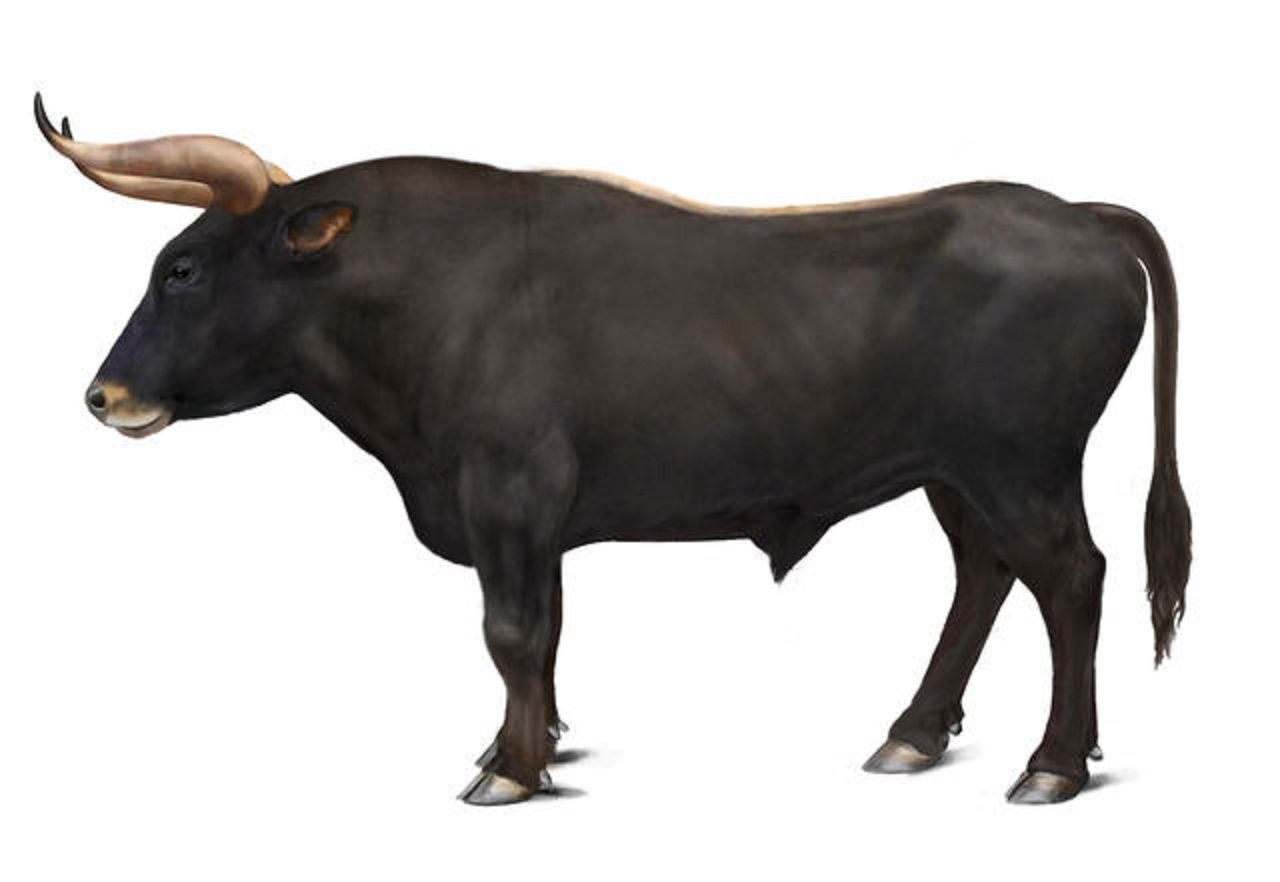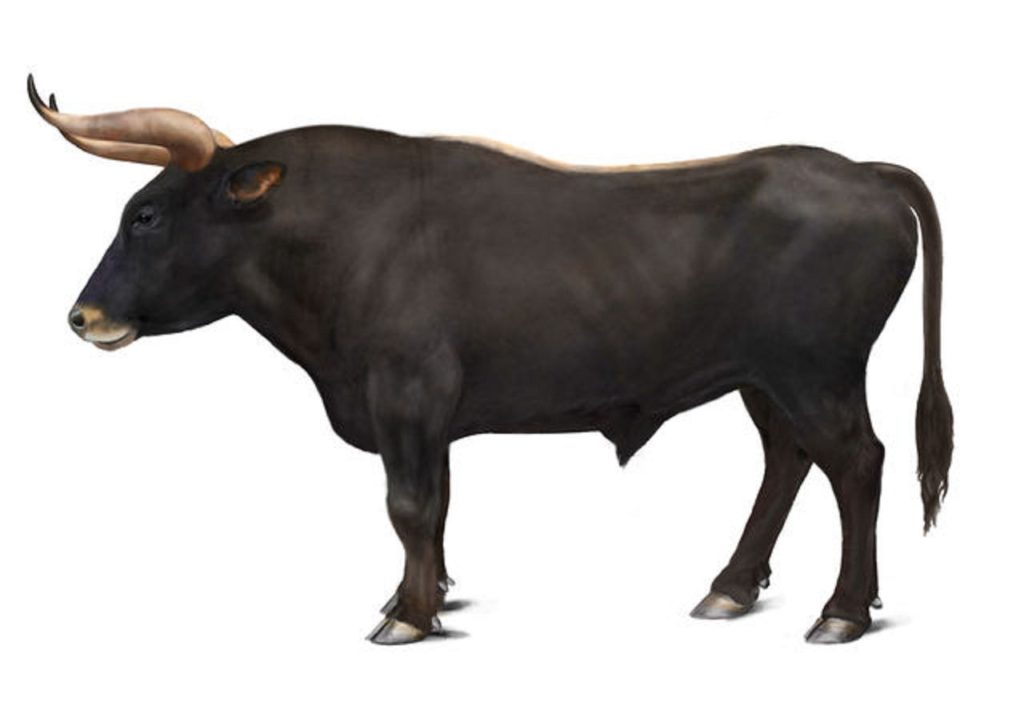
Selective Breeding and Husbandry in Cattle
Selective breeding is an art that has been practiced down through the ages. With its use, man has created diverse lines of animals that are much more useful than their original ancestors.
Here’s a fact that might seem unfair to the dumber individuals among us. The one with the bigger, higher functioning brain gets to make the rules. Humans have a larger and more complex intellect than the rest of God’s creatures. Consequently, man has been domesticating and selectively breeding animals for his own benefit for a very long time. Scientists believe that the Aurochs, the ancient ancestor of today’s modern cattle, were first domesticated between 8,000 and 10,500 years ago.
Selective breeding comes along with domestication. Selective breeding entails picking animals with certain desired traits and mating them with phenotypically similar individuals. It can be just that simple or more on the complex side, depending on who you talk to.
In any case, through selective breeding, humans have developed over 900 distinct breeds of cattle that descend from their original Aurochs ancestors.
The Birth of Animal Husbandry
In a population of animals, change is made in a certain trait by selecting breeding stock that are more extreme in that area than their cohorts. Some trade-offs go with selection for any extreme or genetic antagonisms.
With our Aurochs example, man would obviously need a population of animals with more docility than their wild counterparts. The more docile version of Aurochs more than likely lost some of the traits that made their ancestors good survivors in the wild.
This necessitated that humans also manage the environment of their domesticated Aurochs to aid them in their survival and increase their productivity.
Selective breeding and environmental management are the two main ingredients in animal husbandry.
Selective Breeding Turns Aurochs into Angus
There are over 900 distinct cattle breeds that comprise nearly 1.5 billion head of cows on planet Earth. That’s a lot of beef! Of course, the cattle breeds that we have now didn’t just show up on their own.
So, where did it all start?
With the Aurochs, of course!
Aurochs were bovine giants, standing nearly 7 feet tall at the shoulder with menacing forward curving horns. They strutted the wild, ancient plains on legs far more lengthy and slender than cattle seen today.
The first attempts to domesticate them were likely filled with adventure, excitement, and possibly serious bodily injuries. It brings to mind the movie 10000 B.C. and the domesticated Mastodons.
The distinctions between the Aurochs and their present-day descendants are huge. If Aurochs weren’t extinct, it would be interesting to stand an Aurochs bull next to an Angus.
Selective breeding down through the generations enabled man to create the Aberdeen Angus breeds, both red and black.
According to Wikipedia, breeds are formed through genetic isolation and either natural adaptation to the environment or selective breeding or a combination of the two.
From here on, I want to look at some of the practices, tools, and factors that affect modern cattle breeding. My opinions will be freely given. Whoever goes to the trouble to read all this is invited to add to the discussion here…..
Close Breeding
In either linebreeding or inbreeding, close breeding is all about reducing genetic variation within a given population. This consists of planned matings that place the same individuals close up on the top and bottom sides of a pedigree.
The exact distinction between line breeding and inbreeding differs depending on who you’re talking to.
For the sake of simplicity, I’ll go with the definitions from Jim Lendts’ book, “The Basis of Line Breeding.” To start, we’ll assume that each individual inherits 50% of its genetic influence from each parent. This isn’t necessarily the case, but this is what we’ll assume for the sake of simplicity.
The basis of linebreeding: A practical guide with illustrations
Linebreeding
Linebreeding, though planned matings, concentrates the blood of superior animals on both sides of a pedigree while never exceeding the 50% influence of any single individual. Half sib matings, for example, can be carried on in perpetuity without exceeding the 50% level.
Linebreeding is a time-tested method used by master breeders to concentrate and consistently reproduce desirable traits within their herds and flocks. The flip side of this is that any undesirable traits will also become more concentrated and pronounced. Consequently, linebreeding must also involve rigorous selection and culling of undesirable individuals, particularly first generations.
In a linebreeding program, a picture of the ideal animal must be kept in mind. When an ideal balance has been established, continuing to push for the extreme outlier in any trait is the antithesis of creating consistency.
”Also, see “Lush on linebreeding.”
Inbreeding
While linebreeding never exceeds 50% genetic influence of any given individual, inbreeding, on the other hand, is incestuous. Sire to daughter or son to dam matings are examples of this. In this scenario, the resulting animal will carry 75% influence from one parent.
Inbreeding is seldom practiced on any great scale. This is due to the potentially costly expression of hidden deleterious traits.
Before genetic testing became a viable means to check for recessive genetic defects, there was only one way to statistically prove a sire “defect-free.” That was to breed him to 35 of his daughters. If no genetic defects appear, the sire is 99.7% likely to be defect-free.
For various reasons, programs that practice any form of close breeding in this day and age are almost as rare as Aurochs. I don’t consider this to be a positive thing.
The scope of my knowledge and experience lies with Angus cattle. It seems to me that the past programs that left any lasting impact were line breeding programs. The creation of all those 900 + cattle breeds was accomplished through close breeding as well.
I think we need a little more original thinking. Take my free advice for what it’s worth. Have the confidence to make the cattle your own. The flip side of that is to make them a product that’s popular in the AI catalogs.
Stay tuned for part 2 of this article.

